Invented by Wesley H. Dehaan, Jean C. Sung, Diana Manzanedo, Ciaran Lawlor, Michael Tauber, Pulmatrix Operating Co Inc
One of the key advantages of inhalable dry powders is their ease of use. Unlike traditional inhalers that require coordination between pressing the canister and inhaling, dry powder inhalers (DPIs) deliver medication in a fine powder form that can be easily inhaled. This eliminates the need for complicated techniques and ensures that patients receive the full dose of medication with each use. Additionally, DPIs do not require the use of propellants, making them more environmentally friendly compared to inhalers that use aerosols.
Another factor driving the market for inhalable dry powders is the increasing prevalence of respiratory diseases worldwide. According to the World Health Organization (WHO), over 339 million people suffer from asthma globally, and COPD is estimated to affect more than 250 million people. These numbers are expected to rise in the coming years, creating a significant demand for effective and convenient treatment options.
Inhalable dry powders also offer improved stability and longer shelf life compared to liquid-based formulations. The dry powder form helps protect the medication from degradation caused by exposure to light, heat, and moisture, ensuring that the medication remains potent until it is used. This is particularly important for patients who may not use their inhalers frequently, as it reduces the risk of medication wastage.
Furthermore, inhalable dry powders can be customized to deliver specific medications and dosages, allowing for personalized treatment plans. This flexibility is particularly beneficial for patients with varying needs, as it enables healthcare professionals to tailor the treatment to individual requirements. Additionally, the dry powder form allows for the delivery of a higher concentration of medication to the lungs, resulting in improved efficacy and faster relief of symptoms.
The market for inhalable dry powders is also being driven by technological advancements. Manufacturers are constantly developing new devices and formulations to improve drug delivery and enhance patient experience. For example, some DPIs now incorporate smart technology, such as sensors and connectivity features, to monitor medication usage and provide feedback to patients and healthcare providers. This helps improve adherence to treatment plans and allows for better disease management.
In conclusion, the market for inhalable dry powders is experiencing significant growth due to their ease of use, effectiveness, and convenience. With the rising prevalence of respiratory diseases and advancements in technology, inhalable dry powders are becoming an increasingly popular choice for patients and healthcare professionals alike. As the market continues to evolve, we can expect to see further innovations and improvements in inhalable dry powder formulations and delivery devices, ultimately benefiting patients with respiratory conditions worldwide.
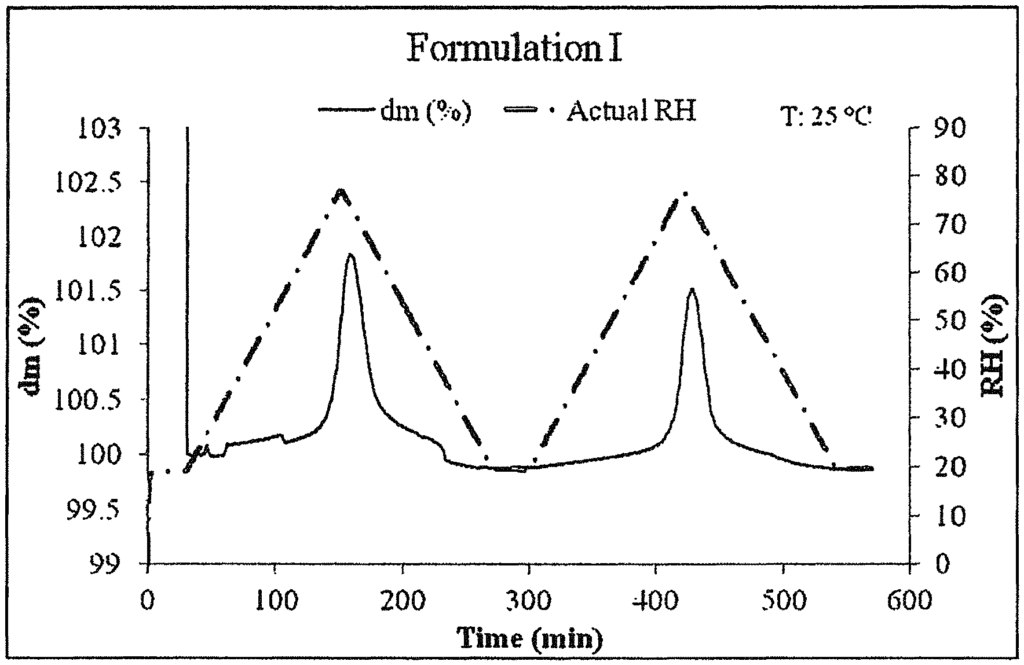
The Pulmatrix Operating Co Inc invention works as follows
The invention relates to dry powders containing a therapeutic agent. These dry powders are processed and/or contain therapeutic agents that can be used to formulate and deliver therapeutic agents.
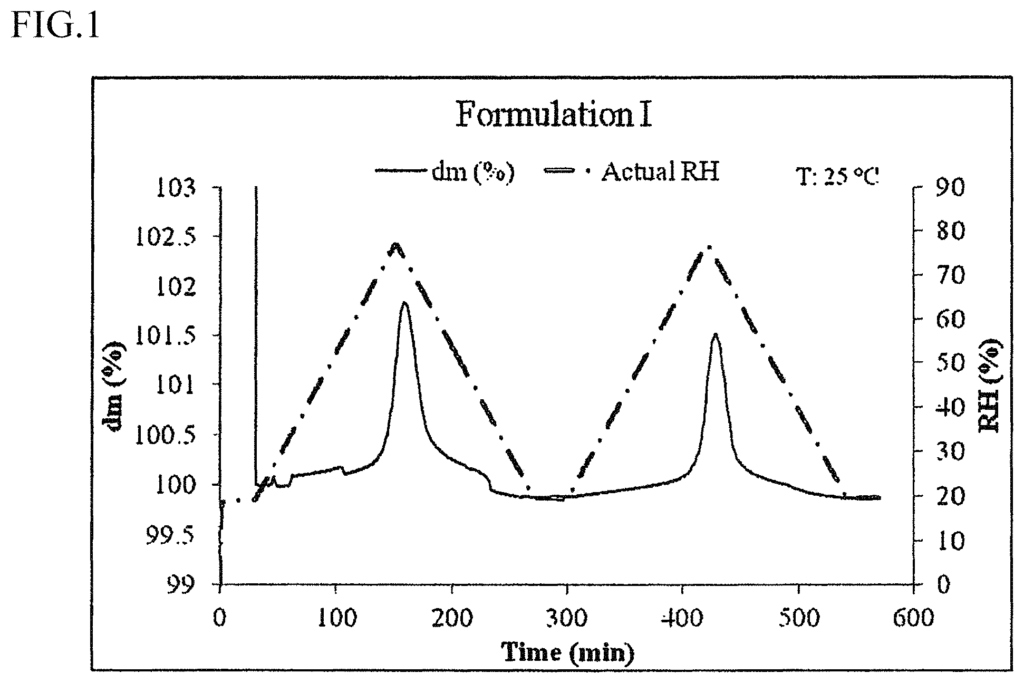
Background for Inhalable Dry Powders
There are several dry powder technologies that can be used to deliver therapeutic agents into the respiratory tract. However, each has its limitations.
Lactose carriers particle blends” use large lactose grains, e.g. As a way to deagglomerate and aerosolize micronized therapeutic agents, 40 micrometers up to 250 micrometers are used. The result is 1) formulations with low amounts of therapeutic agents per volume of dry powder, and 2) formulations where a high percentage of the therapeutic agent adheres and does not separate itself from the lactose before it reaches the back of the throat of the patient during inhalation. This leads to a high loss of the therapeutic agent, which never reaches respiratory tract. Therefore, a higher nominal dose is required. Impaction of the corticosteroid in the upper pharynx can cause hoarseness or oropharyngeal Candidasis. In addition, exposure or digestion of therapeutic agents within the gastrointestinal tract can lead to unwanted side effects. Thirdly, the lactose-blends are limited in terms of the therapeutic agents they can be used with. In general, it is known that drugs should be crystallized when they are formulated using lactose. The lactose blend technology has a fourth disadvantage: it is difficult to maintain a uniform dose in different parts of the respiratory system, especially when dry powders contain more than one therapeutic agent, e.g. double or triple combinations. The reason for this is that, not only are the different therapeutic agents blended with lactose but they are also bound together (homotypic and heterotypic bonding), which could result in different therapeutics settling at different locations in the respiratory system.
Porous particles produce dry powders that are relatively homogeneous. Due to the porousness of the powder (e.g. tap density less than 0.4g/cm3 and often around 0.1g/cm3), the mass density is low and the therapeutic density, or the amount of active ingredient per unit volume, is also very low. It means that a large amount of porous dry particles is needed to deliver a therapeutic dose. Porous particles have a second disadvantage in that they are difficult to process. It is difficult to process porous powders, and this has led to the promotion of capsule-based technologies in an attempt to commercialize these platforms. Porous particles have a number of processability issues. These include: 1) bridging across the opening of the receptacle which makes it difficult to fill the receptacle with dry powders to be used for storage, dosing, or distribution; 2) porous particle aerosolization during the filling process, which prevents the powders from being deposited into the desired receptacle to be used for storage, dosing, or distribution.
Active inhalers disperse dry powder using an energy source other than the patient breathing. This approach allows for the dispersion of powders that are difficult to disperse, like micronized therapeutic agents. In theory, these devices were very promising. However, they did not live up to their promise in reality. Active inhalers are not durable due to their high-tech design. They often include electronic circuitry. In some active inhalers, like Nektar’s Exubera, large volumes of dry powder are used to disperse it. The large size of these devices may be unwelcome by patients and could lead to low patient compliance.
There is a demand for an improved technology of dry powder.
The invention is a dry powder that contains a therapeutic agent. These dry powders are dense and/or processable in therapeutic agents, which provide advantages when formulating and delivering agents to patients.
The respirable powders, comprising respirable particles, described above are preferably “processable”. The dry powders, for example, can be deposited into or filled in a sealable container that has a minimum volume of 12 cubic millimeters (3 mm3), but preferably a maximum volume of 6 mm3, or a minimum volume of 3 mm3, or a maximum volume 1 mm3 (or less), or a minimum volume 0.5 mm3 (or less), preferably filling the entire volume. The powders can also be deposited into a sealable container to achieve a mass less than 1 mg, 0.75 mg, 0.5 mg, 0.3 mg, 0.1 mg, or 0.05 mg.
The respirable powders can be placed in receptacles with a dry mass between 5mg and 15mg, 5mg and 9mg, 5mg and 8mg, 5mg and 8mg, or 5mg and 8mg. If desired, the receptacles containing the dry powder mass may be sealed.
The dry powders containing respirable dry particles may be deposited in receptacles with a dry powder total mass of 5 mg, 4 mg, 3 mg, 2 mg, or 1 mg, and a dry powder total mass of 1.5 mg, 2 mg, or even more of one or several therapeutic agents. The receptacle in such embodiments will contain between about 1.5 mg and 5 mg, or approximately 2 mg and 5 mg of total dry mass. If desired, the receptacles containing dry powder mass may be sealed.
Preferably the total amount of therapeutic agent(s) in the dry powder respirable is at least 20% by weight, at most 25%, at minimum 35%, 50% by weight, or at the very least 80% (i.e. dry weight relative to total dry weight). One or more metal salts can be present at any desired concentration in the dry respirable powder particles. For example, the amount could be 3% or more by weight, 5% or more by weight, 10% or more by weight, 15% or more by weight, or 20% or more by weight. The metal cation can be independently selected from a group that includes a sodium, potassium, magnesium, or calcium salt.
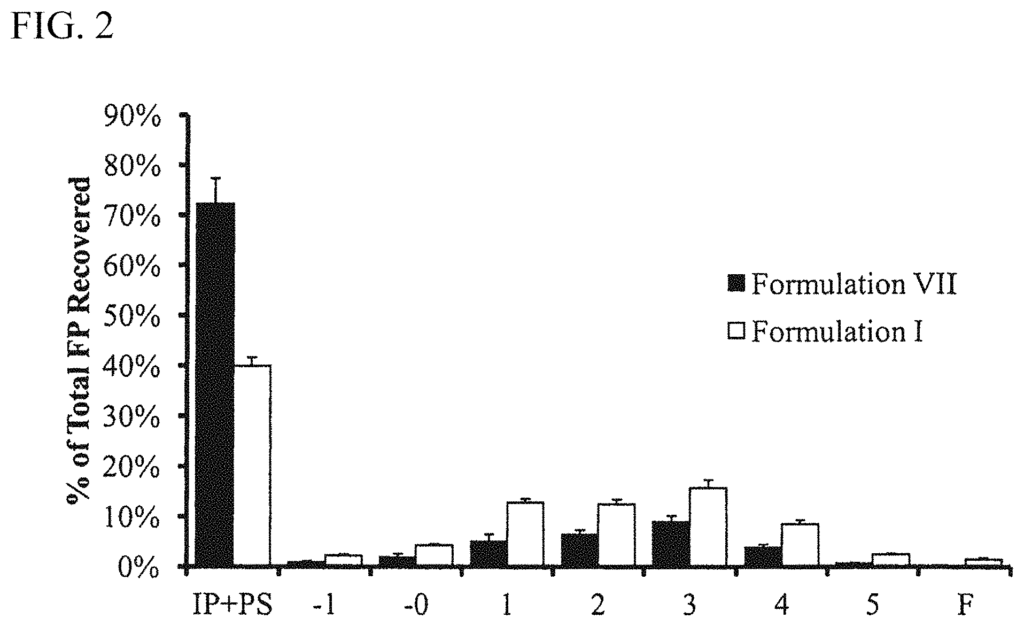
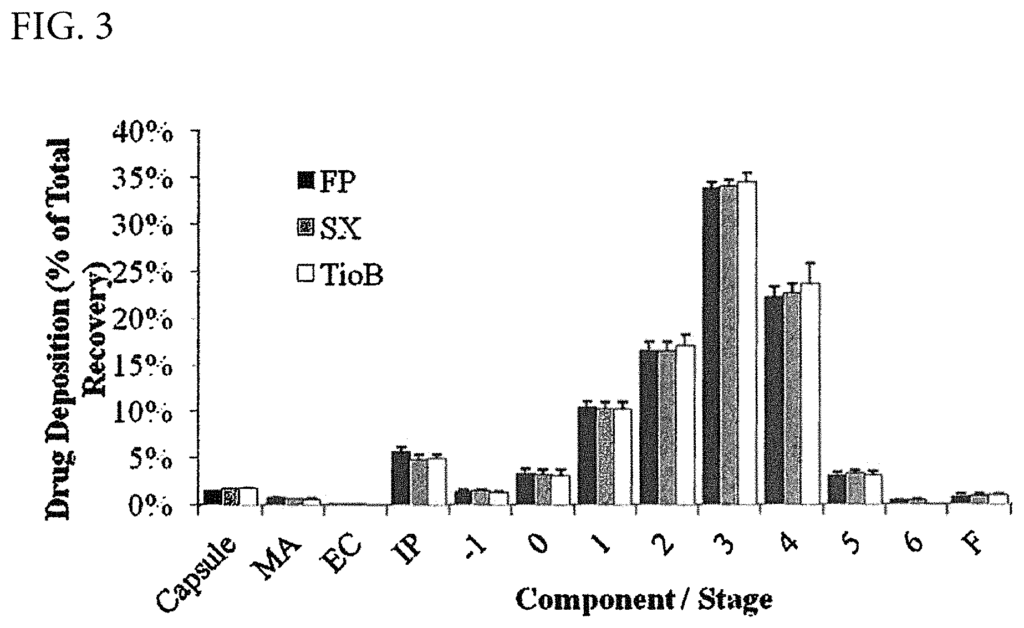
In other examples, processable powders may be metered into a reservoir dry powder inhaler. This can be done by using a dosing disk, cup or another structure to dose the powders directly in the reservoir. The unit doses are metered in 100 cubic millimeters, 75 cubic centimeters, 50 cubic centimeters, 35 cubic centimeters, 20 cubic cmimeters, 10 cubic cmimeters, 5 cubic cmimeters, 2.5 cubic cmimeters, and less. In some aspects, a metering device can have only one container to measure unit doses, while in other aspects it can have multiple containers to measure unit doses. The processable powders may also be described as processable if the mass of the dose metered from a DPI multi-dose reservoir is within 80%-120% of target mass at least 85% of the times, or 85%-115% of target mass at least 90% of time, or 90% to 110% within target mass at 90% or more of time. Preferably the mass of a metered dose from multi-dose reservoirs DPI is between 85% and 115% of a targeted mass 90% of the time or more, or between 90% to 110%.
The processable powders may be added or substituted for any of the above-mentioned processability characteristics. They can also be filled into an receptacle to use in a DPI, at a speed of about one receptacle every 10 seconds, every 8 seconds, every 6 seconds, every 4 seconds, every 2 seconds, every 1 second, every 0.5 second, and/or 300 receptacles per hour. Filling receptacles at a rate of 800 or more receptacles per hour, 1600 or more receptacles per hour or 2400 or more receptacles per hour is also possible. At least 70% of receptacles should be filled between 80% and 120% of target weight. At least 85% are filled between 90% and 110% of target fill weight.
In addition to or instead of any of the above processability characteristics the processable powders may be further filled into a container for use in a DPI, at a rate 300 receptacles per hour or greater, 500 receptacles per hour or greater, 750 or higher receptacles every hour or greater, 1100 or higher receptacles every hour or greater, 1500 or higher receptacles every hour or larger, 2000 or higher recept At least 70% of receptacles should be filled between 80% and 120% of target fillweight, at most 80% within 85%- 115%, or at the very least 85% within 90%-110%. In addition, or alternatively the relative standard deviation is less than 3%, 2.5%, 2%, or 1.5%. The filling equipment used can include commercial scales and pilot scales.
The dry powders can be adjusted in order to deliver the required amount of therapeutic agent into the respiratory tracts of subjects who need it. These features include: 1) the therapeutic agents load in the powder or dry particles; 2) the bulk density, 3) how much powder is placed into the receptacle, and 4) its processability and dispersibility. The therapeutic agent content of the dry powder can be at least 25%, 35%, 50%, 65%, 80% or 90%, based on dry weight. The bulk density is greater than or equal to 0.1g/cc. It can also be between 0.2g/cc-0.9g/cc. Preferably, it’s at least 0.3g/ml. Bulk density is also known as apparent density. It indicates the amount of dry powder that can be packed into a given volume without experiencing the intense compacting experienced when determining tap density. It is preferred that the receptacle be filled at least half full with dry powder, but it can also be filled at least 60%, 70%, or 90%. In order to alter the processability and dispersibility, the dry powder may be formulated with appropriate amounts of monovalent or divalent metal salts (e.g. a sodium or potassium salt or a combination of these salts) and optionally one or several other excipients. The therapeutic agent load can be as high as 20% dry weight if desired. The receptacle should be at least 50% filled. However, it can be at any desired level, including at least 10%, at 20%, at 30%, or at 40%.
It is preferable that the dry powders be homogenous. That is, they contain only one type of dry particles. In a preferred embodiment, one or more of the metal cation salts are a combination of magnesium salt, sodium salt and combinations thereof. In one embodiment, the therapeutic agents are not comprised of a calcium salt. In another preferred embodiment the one or multiple metal cation sodium salts consist of one salt or more. In another preferred version, the one or two metal cation salts consist of one magnesium salt or more.
The powder aerodynamic properties and fine particle dose can also be adjusted in order to deliver the required amount of therapeutic agent into the respiratory tract. The Andersen Cascade Impactor is a device that is used to measure aerosol deposition within the respiratory tract. In a standard testing condition, the FPD (4.4) is determined by a 4 kPa pressure drop across an impactor. This indicates the amount of powder with an aerodynamic diameter less than or equal to 4.4 micrometers. A cascade impactor, e.g. The ACI can be used in a challenge test condition where the pressure drop across impactor is only 1 kPa. This provides the fine-particle dose (FPD(4.7),) which represents the mass of powder with an aerodynamic radius of less that 4.7 micrometers. Under standard conditions, one or more therapeutic drugs have an FPD (4.4) of at least 25 milligrams. In general, one or more therapeutics agents have an FPD (4.7) when tested under challenge conditions. This is at least 15 milligrams.
It is preferred that respirable powder particles described herein have a capsule-emitted powder mass at least 80%, when emitted by a passive powder inhaler with a resistance of 0.036 sqrt (kPa)/liters/minute under the following conditions: 1.15 Joules of inhalation energy at a flow of 30 LPM, using a size-3 capsule that contains 25 mg of total mass, where the total mass consists of the respiratory dry particles that contain a divalent
Click here to view the patent on Google Patents.
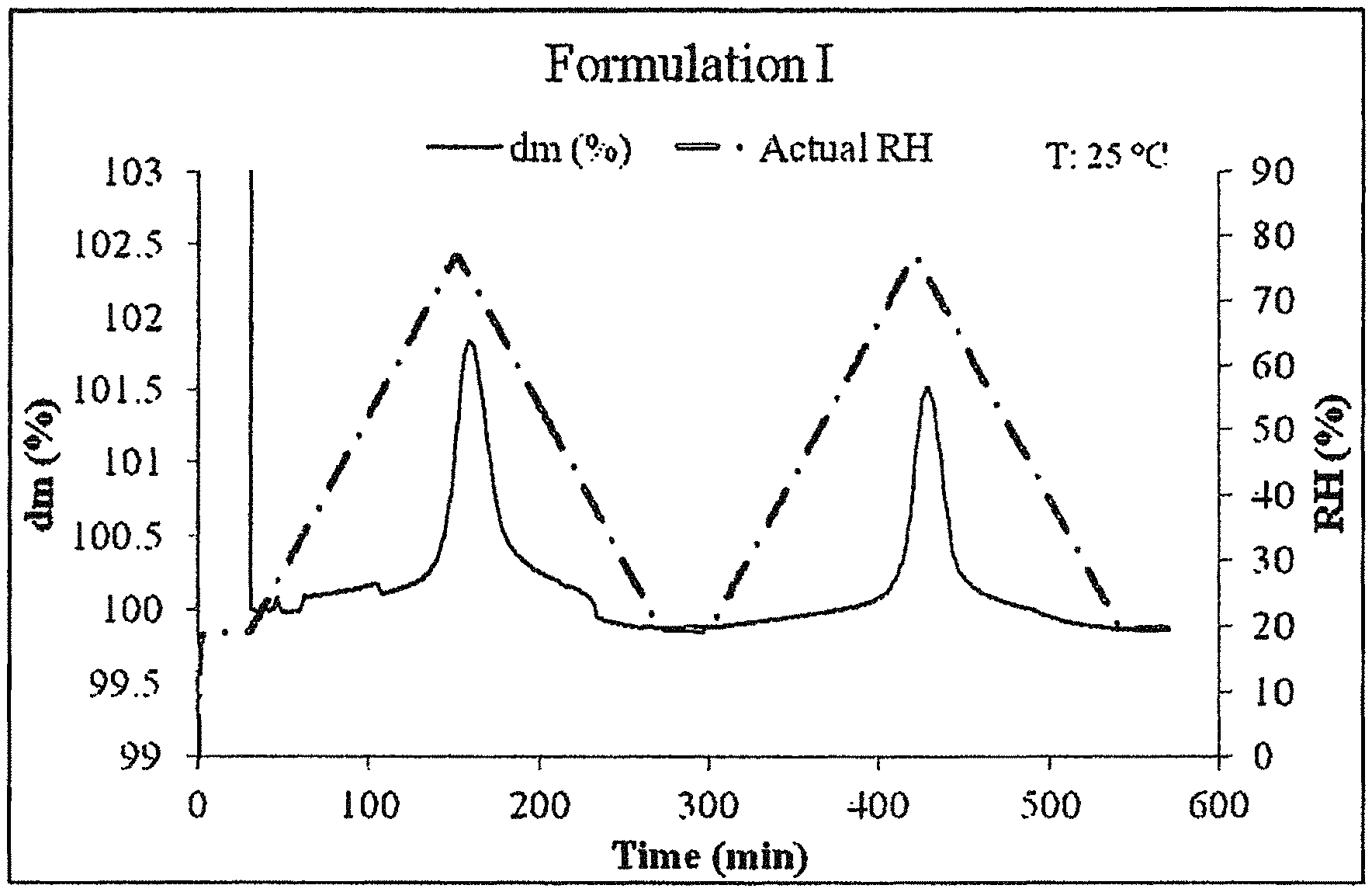
Leave a Reply